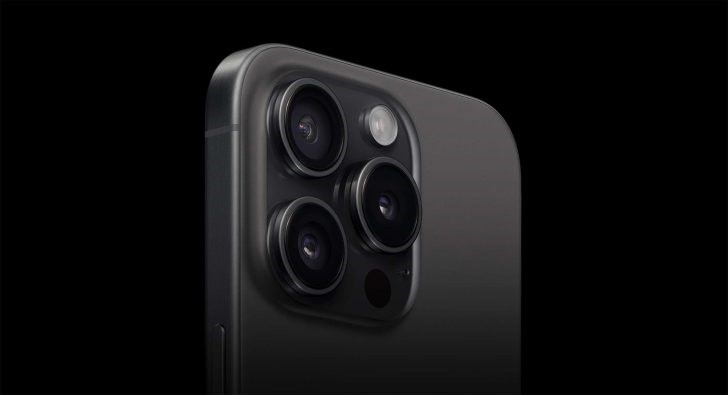 According to analyst Ming-Chi Kuo, the glass-plastic hybrid lenses used by Apple in the camera system of the iPhone 15 Pro Max may start a new trend in Android phones.
According to analyst Ming-Chi Kuo, the glass-plastic hybrid lenses used by Apple in the camera system of the iPhone 15 Pro Max may start a new trend in Android phones.Advantages of hybrid lenses
Ming-Chi Kuo states that glass-plastic hybrid lenses benefit from the advantages of both materials. Glass lenses offer better image quality than plastic lenses. However, since glass lenses are heavier and larger, they take up more space than plastic lenses. For this reason, hybrid lens technology was preferred in the iPhone 15 Pro Max. To move heavier lenses, a heavy motor must be used, which consumes more power. Glass is also more prone to damage than plastic.
For this reason, smartphone manufacturers generally prefer plastic lenses. On the iPhone 15 Pro Max, a tetraprism lens called 1G3P is used. This lens system consists of three plastic and one glass lens. While the hybrid lens takes the advantages of glass and plastic lenses, it also gets rid of the disadvantages of all-glass lenses.
Apple isn’t the only one using this technology. Huawei will also adopt a hybrid approach in the P70 series. Other manufacturers are also expected to use hybrid lenses.
Future trends in smartphone lenses are as follows:
- Use of glass-plastic hybrid lens to solve lens distortions caused by CCM design.
- Using die-cast-spherical glass instead of low-performance wafer-level glass (WLG) in hybrid lenses.
- Using 1G6P lenses instead of 8P lenses, which have less height and are increasingly less costly.
The 1G3P lens of the iPhone 15 Pro Max is provided by Largan. It is expected that the tetraprism lens will be used on the iPhone 16 Pro next year.